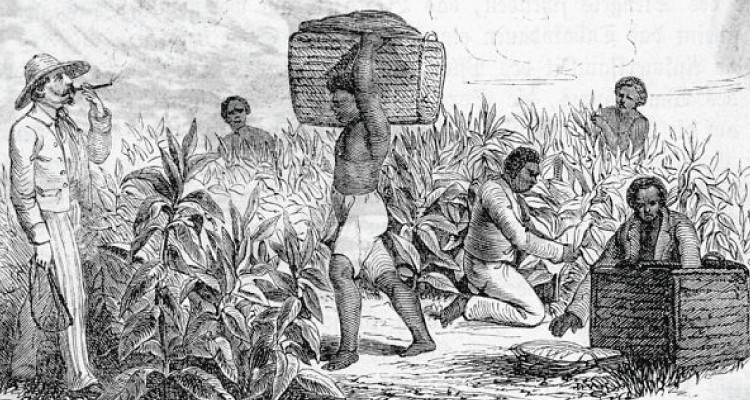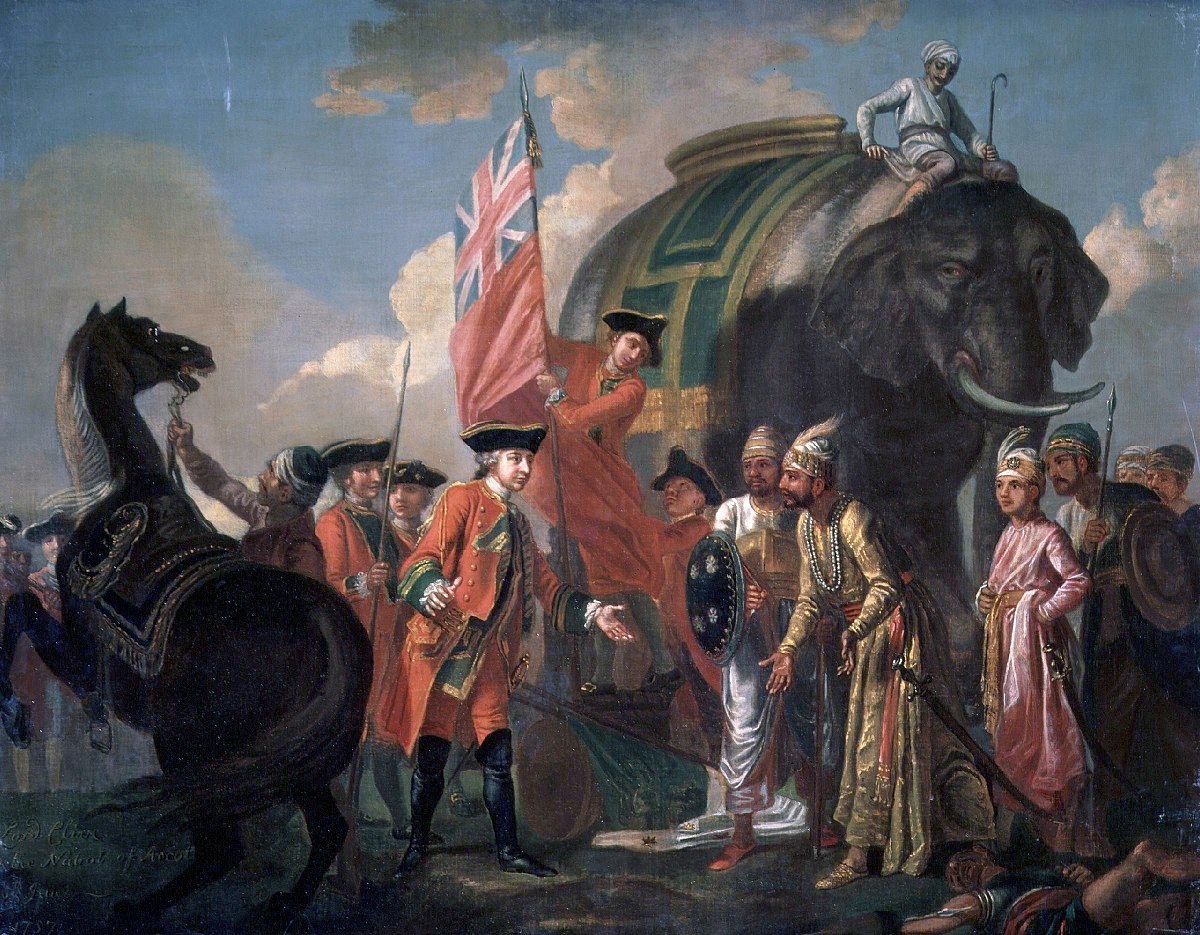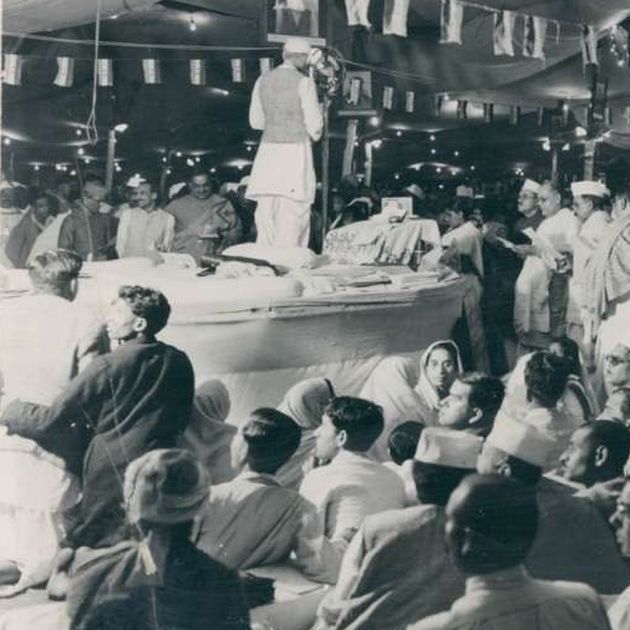The undue transfer of resources from India to England came to be known as the phenomenon of ‘drain of wealth’. In the words of noted historian Irfan Habib, ‘the fact that India had to have a rate of saving of 4 percent of its national income just to pay the tribute must be borne in mind when economists speak of the lack of internal capacities for development or the low per capita income base, from which the British could not lift the Indians, however much they tried.’ India’s economic disability in the colonial era was much more due to external factors.
M.G. Ranade, R.C. Dutt, and Dadabhai Naoroji were the main exponents who unfolded the actual economic designs of British colonialism, and its ramifications on India’s economy. The undue transfer of resources from India to England came to be known as the phenomenon of ‘drain of wealth’. Initially, the English educated Indians took time to understand the actual rationale and impact of the imperial capitalist expansion in India. There was a greater appreciation for the British values that came in the form of the English enlightenment project in India.

The positive perception about foreign rule did not last long as the nature of the colonial economy did not produce an equivalent level of return from India’s economic viewpoint. In a paper entitled ‘England’s debt to India’, Dadabhai Naoroji exposed that nearly one-fourth of India’s revenue resources were directly transferred to England’s favor that in turn almost ‘bled’ the Indian economy. Excepting several other aspects of British rule, the concept of the ‘drain of wealth’ as popularised by Naoroji pointed out how it was becoming the largest evil of British rule in India. Naoroji’s drain of wealth theory became a crucial argumentative basis for the nationalist movement and anti-colonial criticism in India.
The Concept of Drain of Wealth
The concept of ‘drain of wealth’ as popularised by Dadabhai Naoroji – the Grand Old Man of India, identifies several reasons that were inimical to India’s economic well-being. The term, however, can be referred to as an incessant outflow of wealth and resources from colonized India to England. In other words, the drain of wealth was an imbalance economic relationship between the colonizer and colonized. The colonial drain of wealth effectively began just after the Battle of Plassey of 1757, a battle that was won by the East India Company.

The battle of Buxar (1764) and the Treaty of Allahabad (1765) empowered the Company to directly collect land revenue from the Indian provinces. It subsequently created ‘surplus revenue’ for the British. Since its early days, the Company had a dual economic involvement in India. It levied and collected taxes. It began to invest in the Indian market. The victory of the Company in the successive battles against the native rulers enabled it to acquire a tributary relationship which several historians termed as ‘political tribute’. It further led to asymmetric and imbalanced trade between India and the Company.
The concentration of finance capital with the East India Company increased manifold as it increased its territorial expansion. In addition, the East India Company’s continued remittances to England constituted a major part of the economic drain from India. Naoroji’s book entitled ‘Poverty and Un-British Rule in India’ published in the year 1871 explained the main factors for the growing drain of wealth from India.
In the words of Naoroji, the economic drain from India consisted of two major realities. First, the drain of wealth was caused by the excessive remittances by English officials of their savings, including pensions and salaries. And second, there was also a rising remittance by non-official Europeans. In addition to the above two factors, Naoroji cited several other factors that caused the economic drain. Extensive remittances by the colonial officials, investment in England, purchasing of British-made goods for personal and official usage, and high-interest charges on public debt in the name of ‘Home Charges’ were the major factors that declined India’s economy.
The Intensity of Drain of Wealth
According to some estimates, ‘Home Charges’ amounted to 35 million pounds annual transfer to England. According to British official Verelst, India witnessed a total drain of the wealth of 4,94,16,11 (49 lacs, forty-one thousand sixteen hundred eleven) pounds in the five years that followed the Battle of Plassey. The drain of wealth for the year 1880 amounted to 4.14 percent of India’s Gross Domestic Product. According to Naoroji, the estimated drain stood nearly at 12 million in 1897 and 25 crores in 1893 respectively.
In his book, Naoroji estimated further loss of the Indian economy during the period of 1883-92 which stood at 359 crores. The trend of India’s growing drain of wealth hardly receded. According to R.C. Dutt’s calculation, for the early part of the 20th century, the economic drain stood nearly at nearly 20 million. The nationalist school of thought found it befitting to give a critical assessment of the colonial political economy. Quite apropos to Naoroji’s claim, M.G. Ranade lamented the imperial economic onslaught.
He observed, ‘… of the national income of India, more than one-third was taken away by the British in some form or the other’. The intensity of the economic exploitation was such that it was suspected that the entire project of the industrial and agrarian revolution in England was either funded or supported by resources acquired from India. There was a bulk remittance from the British officials who were then engaged in mega infrastructure construction projects like the railways, roads, telecommunication, etc.
It was not only the remittances from salaries and pensions that benefited the colonial homeland but also the increased taxation over colonies. According to Naoroji’s estimates, taxation during 1886 stood at 14.3 percent in India as compared to a mere 6.93 percent that was operational in England.
Indian impoverishment was a reality. The anti-colonial movements in India and the rise of Swarajist politics in India were characterized by a desire to free from the shackles of colonial exploitation. Even the right-thinking English officials began to openly endorse the existing reality of colonial exploitation in India.
Another important explication of the colonial economic situation in India came from Naoroji. The externalized drain of the Indian economy was possible because there was a sufficient internal structural situation that was to secure the economic drain. By external drain, Naoroji meant, high taxation, interest charges, and colonial profiteering. Relocation of resources from poor masses to the rich, and rural to urban areas was the hallmark of the colonial economic situation which Naoroji termed as ‘internal drain.’ According to Naoroji, both external and internal economic drain were inter-related, and it ultimately amounted to the ruining of India’s economic potential.
The Nationalist alternative to resolve this drain of wealth
The anti-colonial movement in India was not merely about resistance to the foreign regime. It had started to involve decoding colonial economic praxis while delving into possible alternative aspects that could effectively bring an end to colonial exploitation. Freedom struggle was not merely to achieve political freedom. It was equally to rely on the economic upliftment of the country. Such a political economy perspective was postulated by the group of nationalists led by Naoroji, M.G. Ranade, and R.C. Dutt.
Some of the significant alternatives suggested by the nationalist included the following aspects. It demanded the Indianisation of civil and military services with a proportionate representation of Indians. It also demanded the reduction of colonial ‘Home Charges’ which was related to charges to maintain the administration, army, war expenses, pensions, etc. And, to decrease the drain of wealth it suggested controlling increasing private capital investment of colonial officials in India. The nationalist in India was beginning to understand the conversion of Indian masses into a consumer of British manufactured goods. Nationalists in India began to believe in industrialization as a solution to Indian poverty.
It was to in turn promote investment of Indian capital in the markets. The Gandhian era of nationalism provided a bigger criticism to colonial economic ambition in Asia and Africa. Towards the end of the 19th century, Britain’s mill owners again demonstrated their power in Calcutta by forcing the government of India to charge an equalizing 5 percent excise tax on all cloths manufactured in India. It resulted in establishing a closer alliance between the Indian National Congress and mill owners in India. By the second decade of the 20th century, due to accelerated railway services, the drain of wealth and resources from India was even more intensified.
The impact was a colossal ruining of the Indian cottage and handloom industries. The period between1885-1905 was marked by an intensified period of anti-colonial struggle that addressed the economic hardship faced by the Indians. In the post-Bengal partition and split of Congress, nationalist positions began to witness insurgent methods to dethrone the British empire in India. Later, Gandhi’s notion of Swadeshi and Swaraj typified the replacement of foreign goods by indigenous products and complete independence.
Road to Indian Independence
Colonialism had a direct impact on India’s economy. Dadabhai Naoroji who also led the Indian National Congress as President for three terms was appreciated for unfolding the imperial drain of wealth from India. The nationalist consciousness about Indian poverty had become clear as it was caused directly by British plunder of India’s resources – gold, silver, and several other precious materials.

With the adoption of the Poorna Swaraj resolution in Lahore in 1929, the nationalist in India began to demand political freedom as a pre-condition for the economic liberation of India. It was this essentialisation of the political that ultimately led to the independence of India in 1947. India’s freedom would not have been possible without unfolding the question of Indian poverty, which in fact was an artifact of British colonialism.

